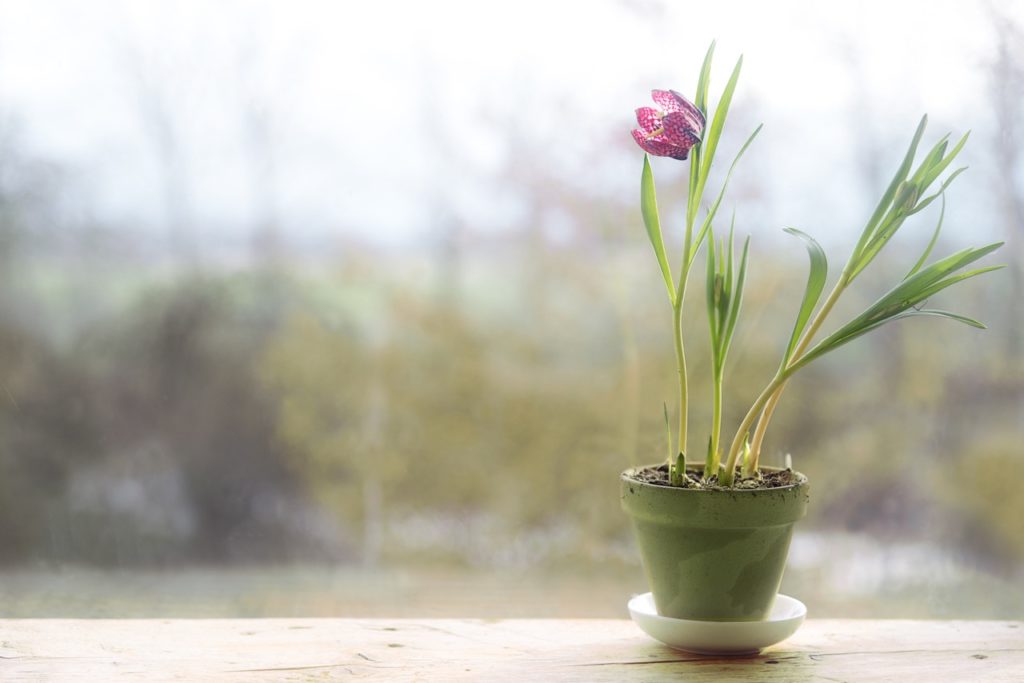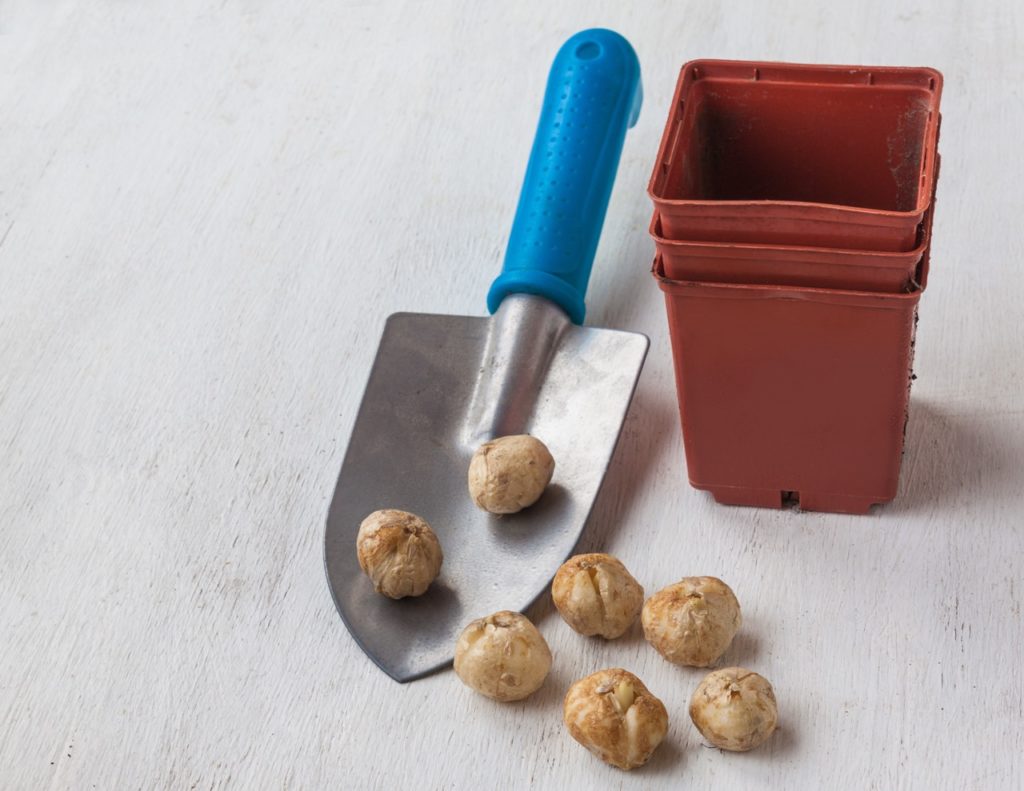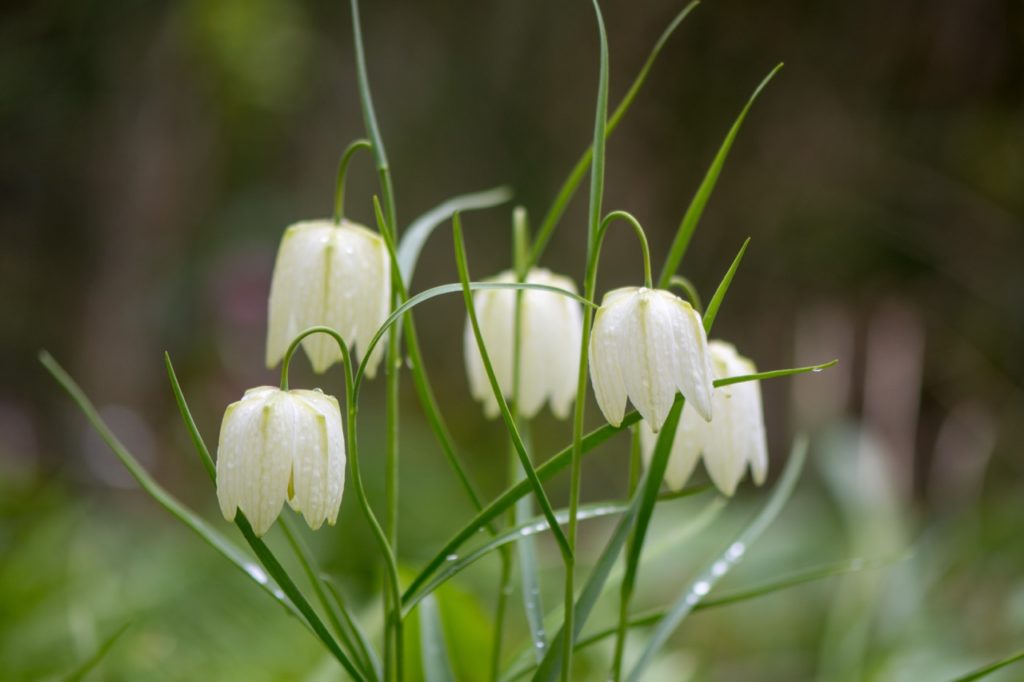You Can Grow Fritillaria In Pots, But Keep Them In A Greenhouse Says Dr Robert Wallis

BULBS > FRITILLARIES > CONTAINERS

Elizabeth is a Permaculture Garden Designer, Sustainability Consultant and Professional Writer, working as an advocate for positive change. She graduated from the University of St. Andrews with an MA in English and Philosophy and obtained a Diploma in Applied Permaculture Design from the Permaculture Association.
Reviewed By PETER LICKORISH

Peter is a Horticulture Lecturer and self-employed Horticulturist, with a passion for diverse areas of the industry - from garden design to the science behind plant growth and propagation. He has completed the Royal Horticultural Society’s Master of Horticulture (MHort) Award and lectures on RHS courses at Bedford College.
Contributions From DR. ROBERT WALLIS

Dr. Robert Wallis is the Chairman of The Fritillaria Group and an avid grower of fritillaries and other small bulbous plants.
IN THIS GUIDE
FRITILLARY GUIDES
Container Growing
Snake’s Head Fritillary, Fritillaria meleagris, is a beautiful spring bulb which has very distinctive flowers, usually with a purple checked pattern.
These can grow well in a range of different settings, as long as the conditions are moist but relatively free-draining and they are exposed to full sun or dappled shade.
Can You Grow Fritillaria In Pots?
“The vast majority of fritillarias grow quite happily in pots, as long as they are kept in a greenhouse”, shares Dr Robert Wallis from The Fritillaria Group.
Robert is right: these spring bulbs can be great for growing in containers, though it is worthwhile noting that this will require a little more care than growing them in the ground.
One of the key considerations is that watering needs will be higher, and balancing moisture content will be your key concern since these plants need some moisture but rarely tolerate any waterlogged soil.

Another thing to think about is that F. meleagris are H5 hardy.
They will make it through the winter fine when in the ground across most of the UK, but in pots, they will be somewhat more vulnerable and may need some extra insulation to protect them in the coldest parts of the British Isles.
Choosing Suitable Containers
When choosing a container for this plant, the most important thing is to choose a container with sufficient drainage that also does not dry out too quickly either.
Terracotta pots can work well, as they can help regulate moisture content, but you can also use a range of repurposed objects as containers and up-cycling can be a great eco-friendly idea.

Make sure that the pot or container you choose has good drainage at the base.
“Depth is important when selecting a container,” Master Horticulturist Peter Lickorish explains.
“A minimum of 30cm is ideal for most bulbs, and one nearly double this depth would be appropriate for the taller crown imperial fritillaries.”
Choosing A Compost
“The compost needs to be well-drained, so I’d normally use a loam-based medium with lots of added drainage material”, Robert recommends.
Loam-based composts sink in pots, so it is worth firming down at intervals whilst filling pots, to prevent the level dropping too much later on.
It is a good idea to add organic mulch over the top to improve drainage.
Potting Up Bulbs
Snake’s head fritillary bulbs should be planted at a depth of around 4 times their own height.

The bulbs should be handled carefully as they can be quite fragile and you should plant them at least 10cm apart for more long-lasting container displays, or a little closer for a seasonal display.
How Many Should You Plant Per Pot?
You can place around 5 bulbs in a 10cm pot if you are planting on transferring the plants to your garden before they flower, or after they die back.
But if planning on growing on in a container, you will usually aim for around 5-7 in a 30-40cm pot.

However, remember that you can also combine fritillaries in a container for a mixed display with other plants.
You can place other spring flowering or early summer flowering bulbs in layers to create a bulb lasagna, or you can plant up a container with other relatively low-growing perennials which like similar conditions and allow the snake’s heads to pop up through the other planting.
Consider adding a trailing plant, like a variegated ivy, to further layer the interest.
Potted Snakeshead Fritillaries Care
Place your container in a sunny position, or in light, dappled shade.
“Raising the container off solid surfaces using pot feet or placing pots on gravel will help ensure the much-needed drainage,” adds Peter.
Water well, ensuring that the medium does not dry out, but also make sure that the medium does not become too waterlogged.
“Watering is the most important factor in container cultivation”, says Dr Robert Wallis.
“Although fritillaries should be kept moist during winter, water can be increased a bit as they come into growth in the spring”.
“During the summer, withhold water. Overwatering is the usual cause of problems in pots”.
“It results in root rots, poor growth, early dormancy and often loss of the bulbs”.
If you decide to feed your container-grown fritillaries, make sure that you use an organic, potassium-rich fertiliser in spring.
Too much nitrogen can encourage too much leafy growth rather than flowers.

Top dress pots in spring with a mulch of potassium-rich compost or other organic material for slow-release fertility and moisture retention.
Look out for slugs and snails in spring and for lily beetles in summer.
Allow the foliage to die back naturally and do not remove it while it is still green.
A period of photosynthesis is required for fritillaries to store nutrients required for next year’s growth and flowering.

Once the leaves die back, you can cut back the stems to just above the level of the growing medium.
In longer-term displays, you may decide to thin the clumps by removing bulbils from around the sides of the plants if things become a little congested.
You can also easily take the small bulbils and plant them up in new containers to increase your plant collection over time.
